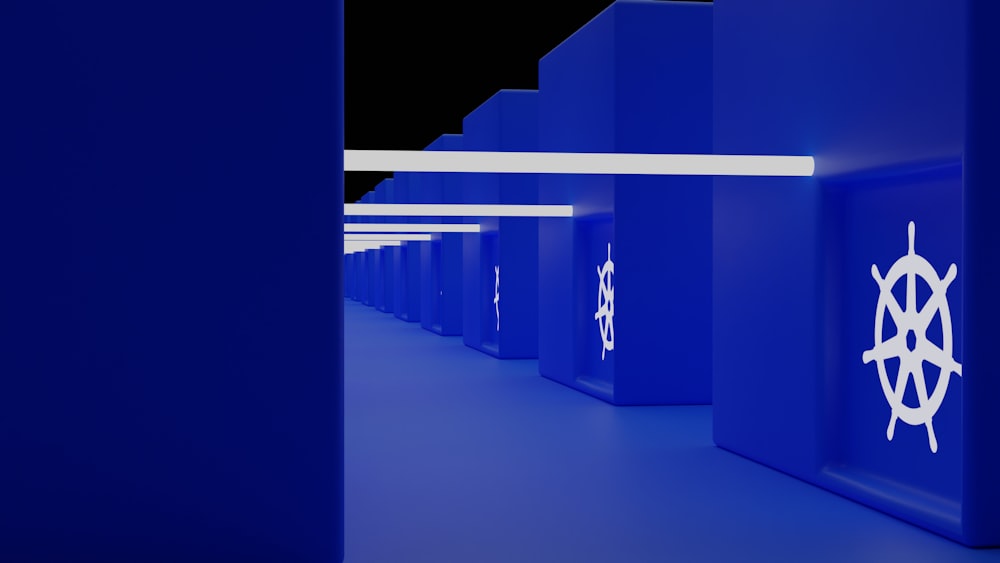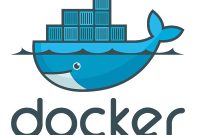Welcome to the world of Kubernetes architecture! If you’re new to the concept, don’t worry – this article will guide you through everything you need to know. With a focus on creating scalable and efficient containerized applications, Kubernetes has become the go-to platform for managing and orchestrating containers. Whether you’re a developer, system administrator, or IT manager, understanding Kubernetes architecture is essential to harnessing its full power.
Understanding the Components of Kubernetes Architecture
At its core, Kubernetes architecture consists of several essential components that work together to create a robust and flexible container orchestration platform. Let’s delve into each of these components to gain a deeper understanding of how they contribute to the overall architecture.
Master Node in Kubernetes Architecture
The master node is the brain of the Kubernetes cluster. It serves as the central control plane and manages the entire cluster’s state. The master node is responsible for making global decisions, scheduling tasks, and monitoring the health of worker nodes. It also exposes the Kubernetes API server, which allows clients to interact with the cluster. Additionally, the master node includes the etcd key-value store, which stores the cluster’s configuration and state information.
Worker Nodes in Kubernetes Architecture
Worker nodes, also known as worker or minion nodes, are responsible for running the actual containerized applications. These nodes receive instructions from the master node and execute the necessary tasks. Each worker node runs a container runtime, such as Docker or containerd, which allows it to create and manage containers. Worker nodes also include a kubelet, which is responsible for communicating with the master node and managing the containers on the node.
Pods and Containers in Kubernetes Architecture
Pods are the smallest and most fundamental unit in Kubernetes architecture. A pod represents a single instance of a running process within the cluster. It encapsulates one or more containers, storage resources, and networking configurations. Containers within a pod share the same IP address and can communicate with each other via localhost. Pods provide isolation, resource allocation, and scheduling capabilities, making them the building blocks of containerized applications in Kubernetes.
Services and Networking in Kubernetes Architecture
In Kubernetes, services enable communication between various pods and external entities. A service acts as an abstraction layer that provides a stable IP address and a DNS name for a set of pods. It allows pods to discover and communicate with each other, regardless of their physical location within the cluster. Kubernetes provides different types of services, such as ClusterIP, NodePort, and LoadBalancer, each catering to specific networking requirements.
Kubernetes architecture also includes a robust networking model that allows pods to communicate across the cluster. Container networking interfaces (CNIs) enable the creation of virtual networks and provide connectivity between pods running on different nodes. Popular CNIs, such as Calico and Flannel, offer various network policies and security features, ensuring efficient and secure communication between pods.
Kubernetes Architecture in a Multi-Cluster Environment
As organizations scale their containerized applications, managing multiple Kubernetes clusters becomes a necessity. Kubernetes architecture supports the creation of multi-cluster environments, where multiple clusters operate independently while being managed centrally. This approach enables organizations to distribute workloads, improve fault tolerance, and cater to specific geographical or regulatory requirements. Tools like Kubernetes Federation and Kubernetes Multi-Cluster Management provide the necessary capabilities to manage multiple clusters effectively.
Understanding Kubernetes API Server and etcd
The Kubernetes API server acts as the central communication hub for the cluster. It exposes a RESTful API that allows clients to interact with the cluster, create resources, and query the cluster’s state. The API server receives requests from various sources, such as the Kubernetes command-line interface (kubectl) or other API clients, and processes them accordingly. It also handles authentication, authorization, and admission control, ensuring secure access to the cluster’s resources.
Etcd, a distributed key-value store, plays a crucial role in maintaining the cluster’s configuration and state information. It stores critical data, including cluster settings, pod information, and service configurations. Etcd ensures consistency and fault tolerance by replicating the data across multiple nodes in the cluster. It acts as a reliable source of truth and allows the Kubernetes architecture to recover from failures and maintain high availability.
Monitoring and Scaling
Monitoring and scaling are essential aspects of managing containerized applications in Kubernetes architecture. Kubernetes provides various tools and mechanisms to monitor the health and performance of the cluster and its workloads. Prometheus, a popular monitoring solution, integrates seamlessly with Kubernetes and offers powerful metrics collection and alerting capabilities. Additional tools like Grafana and Elastic Stack can be used to visualize and analyze the collected data.
Scaling in Kubernetes can be achieved through horizontal pod autoscaling (HPA) and vertical pod autoscaling (VPA). HPA automatically adjusts the number of pod replicas based on resource utilization metrics, ensuring optimal performance and resource allocation. VPA, on the other hand, adjusts the resource limits of individual pods dynamically, based on their resource requirements, to maximize efficiency and reduce waste.
Conclusion and Future Trends
In conclusion, understanding Kubernetes architecture is vital for effectively managing and scaling containerized applications. The various components, such as master and worker nodes, pods, services, and controllers, work together to provide a resilient and dynamic infrastructure. With the ability to create multi-cluster environments, Kubernetes architecture empowers organizations to scale their applications and meet their evolving needs.
Looking ahead, Kubernetes is continually evolving, and new trends are emerging in its architecture. For example, serverless computing, powered by frameworks like Knative, is gaining popularity in the Kubernetes ecosystem. This approach allows developers to focus on writing code without worrying about infrastructure management. Additionally, edge computing and IoT integration are finding their place in Kubernetes architecture, enabling organizations to deploy and manage applications closer to the edge devices.
As the world of containerization and Kubernetes continues to evolve, staying up to date with the latest trends and best practices in architecture will be crucial. Whether you’re optimizing an existing Kubernetes deployment or exploring new possibilities, understanding the architecture’s intricacies will unlock the full potential of this powerful platform.
So, dive into the world of Kubernetes architecture, unravel its secrets, and take your containerization game to the next level. Whether you’re a seasoned professional or a curious learner, the possibilities are endless. Let’s embrace the power of Kubernetes and build a resilient and scalable future.





